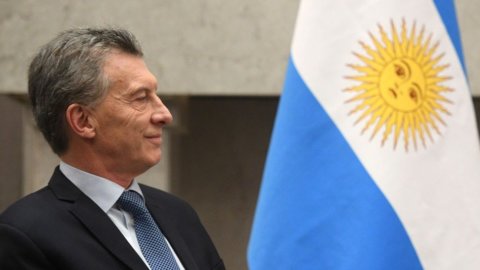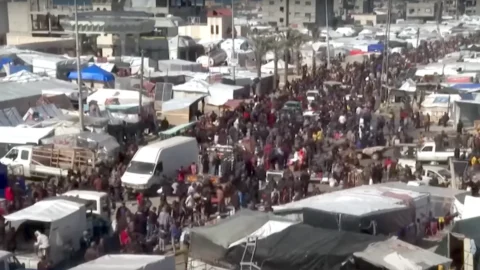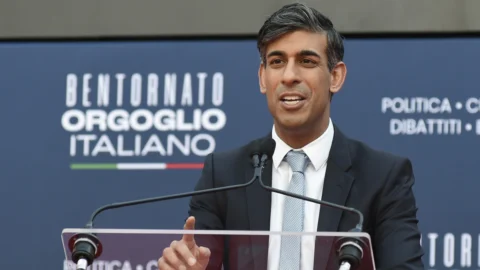After a short-lived recovery recorded in 2017, Argentina's high vulnerability to the normalization of US monetary policy and financial market uncertainty became apparent over the past year, when the increase in yields of bond USA it hit the peso and investors started selling risky assets in April. The exposure was determined by the persistence of high fiscal and current account deficits, as well as by a high share of debt in foreign currency (around 70%). A serious crisis of confidence has hit Argentina and, despite the IMF Stand-by Arrangement implemented in July 2018, capital flight by degli investors continued, producing a 50% depreciation of the currency and a decrease in official reserves. Attempts to stem outflows by raising interest rates to a record high of more than 60% and tightening fiscal policy have failed, as they have failed to stem concerns about high funding needs .
In this scenario, in September 2018 the International Monetary Fund increased Argentina's credit line from 50 to 57 billion dollars accelerating lending to guarantee the government's financing needs in 2019. This has reduced Argentina's probability of default for the time being, but in return the government has had to agree to balance the budget in 2019. To eliminate the deficit primary taxation, public expenditure on infrastructure, transfers to provincial governments and subsidies for energy and public transport were reduced and a temporary tax was applied on exports. Second atradius, austerity measures,caccompanied by high interest rates of over 60%, will deepen and lengthen the economic contraction: the latest projections see GDP at -1,2% for the end of this year. After the upward pressure on the peso in late 2018 and early 2019, which allowed the central bank to build up reserves, the peso has depreciated again since late February, following concerns about Macri's chances of winning the election scheduled for late October. At the same time, inflation has risen by more than 50% due to the strong depreciation in 2018 and the continuous price adjustment. And as unemployment rises, the risk of social unrest increases.
The Argentine government has imposed partial currency restrictions starting September 2 to regulate transactions on the foreign exchange market. These measures followed a sharp drop in the peso and in official reserves (around 20%) after Macri's unexpected defeat in the primary elections on August 11 last year. For business, these controls require exporters to repatriate foreign exchange earnings within five business days of collection or 180 days after shipment approval (15 days in the case of goods). Furthermore, companies will have to be allowed to repatriate profits abroad. However, there are no restrictions on buying foreign currency to facilitate trade or to pay off debt when due. For the time being, therefore, the restrictions do not affect firms' ability to access foreign exchange for commercial or debt purposes; however, the collapse of the peso exacerbates inflation, delaying economic recovery.
The IMF analysis predictede a possible resumed not before the end of 2019, driven mainly by exports with the benefit of the weakness of the peso. An increase in exports of agricultural products (equal to 50% of total exports) would lead to an inflow of hard currency and, together with the decline in imports, would reduce the current account deficit. Inflation is expected to decrease over the course of the year as extremely tight monetary policy forecasts begin to take effect.





